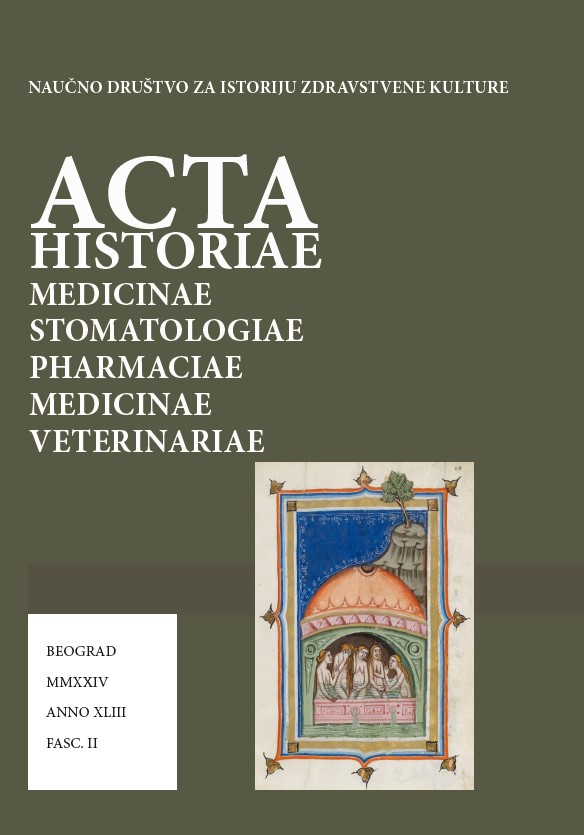Pars Pro Toto or Not? Fragmentation and Identity in the Early Modern Votive Culture
Pars Pro Toto or Not? Fragmentation and Identity in the Early Modern Votive Culture
Author(s): Milena UlčarSubject(s): Cultural history, Local History / Microhistory, 17th Century, 18th Century, History of Art
Published by: Naučno društvo za istoriju zdravstvene kulture
Keywords: culture; human body; votive; early modern period; subject-object; identity; fragmentation
Summary/Abstract: Hundreds of votive plaques from the Bay of Kotor serve as tangible records of a wide range of crises that occurred during the 17th and 18th centuries. Individual hardships such as illness, shipwreck, or captivity were often intertwined with broader collective traumas, including epidemics, natural disasters, and wars. This interplay between personal and communal suffering was visually expressed on small silver surfaces through a distinctive iconographic language. A recurring triadic composition features the figure of the believer, the sacred figure, and a depiction of the crisis that had been overcome. The schematic and formulaic nature of these representations allowed for the eloquent transmission of a complex narrative within the constraints of a small format. This paper examines the visual depictions of the believer’s body and the image of the Virgin Mary through the lens of subject-object dualism. In both cases, hybrid visual solutions emerge, where traditional binaries – subject and object, part and whole, animate and inanimate – become indistinguishable. This study highlights the inadequacy of rigid ontological divisions as understood in the modern world, proposing instead a recognition of hybrid identity markers specific to the visualization of crisis in the early modern period.
Journal: Acta historiae medicinae, stomatologiae, pharmaciae, medicinae veterinariae
- Issue Year: 2/2024
- Issue No: 43
- Page Range: 7-28
- Page Count: 22
- Language: English, Serbian

